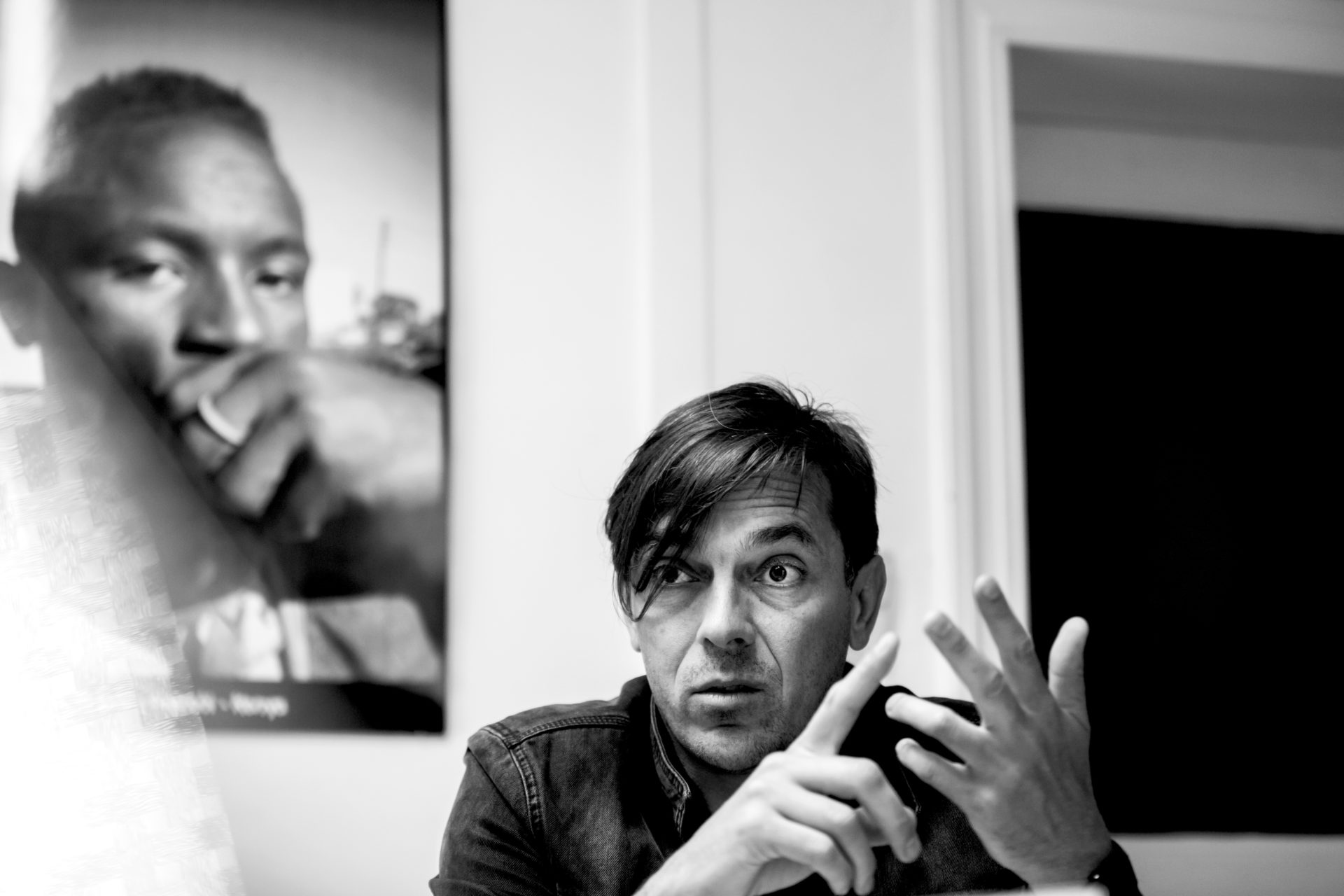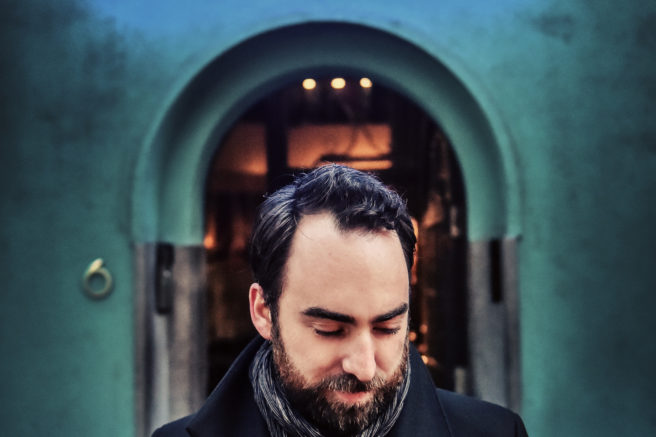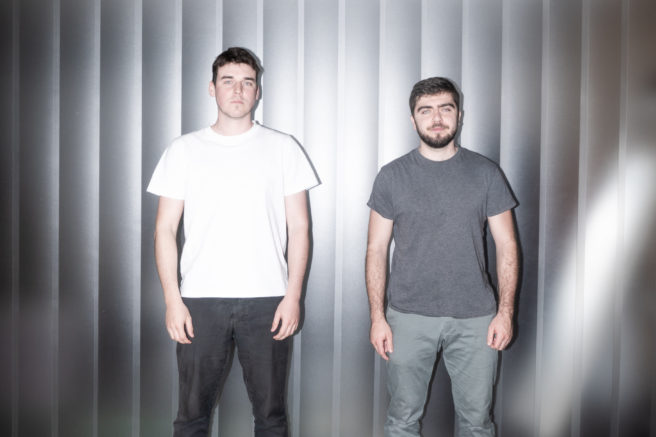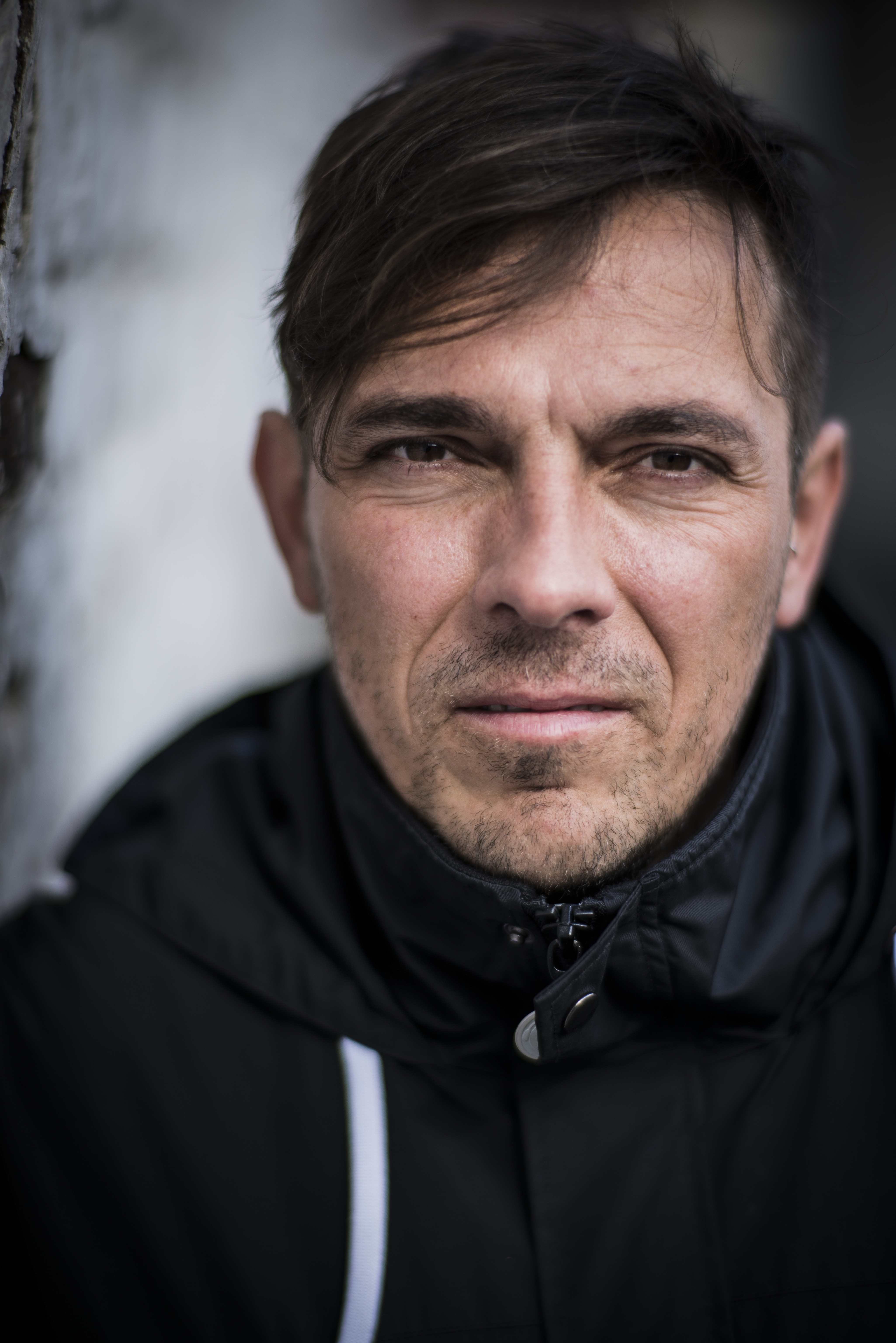Wanderful Loves
Arnaud Raskin is a social entrepreneur, who studied product design at the former ‘Stedelijke Hogeschool voor Industriële Vormgeving en Audiovisuele Kunsten’ in Genk. During a lecture on street children, he decided to dedicate his masters thesis to a project especially for them.
Mobile School is a board on wheels, with educational tools, that is taken to the streets. This project is run on a social franchising model, in which the materials are made available free of charge to partners, who wish to make an impact socially, in 24 countries world-wide. Another component of the company is StreetwiZe, which offers workshops to participants from the corporate world, who wish to develop their talent and leadership by designing content for the mobile schools. Not only the results of this, but also 100% of the profits, go to Mobile School. This makes Raskin’s business model self-sustaining, scalable and sustainable. It places itself in a hybrid market, with organisations which are accountable both socially and economically, and was therefore at the foundation of business model innovations in the social sector.
Impact
“Classic design doesn’t really interest me. I never aspired to being the next Stark or Alessi. I’ve never felt I wanted to design banister rails, barbecues in cement or theatre seats. In retrospect, it turns out I needed impact in order to be happy in my work. The decision to work for street children changed me from an only slightly committed person, to someone bursting with energy. I fear I suddenly became exhausting to the people around me. An impact which radiates out on society makes me happy.”
Scalable
“When I say social enterprise, it’s backed by an economic model. For example, for the last four years now, StreetwiZe has had growth of 30% annually, proving we’re both social and competitive. You can never reach the necessary dimensions from a purely philanthropic model. You need that hybrid model to be successful and scalable, where the economic activities naturally have to have the same DNA as the social ones, otherwise the two lines would grow apart.”



